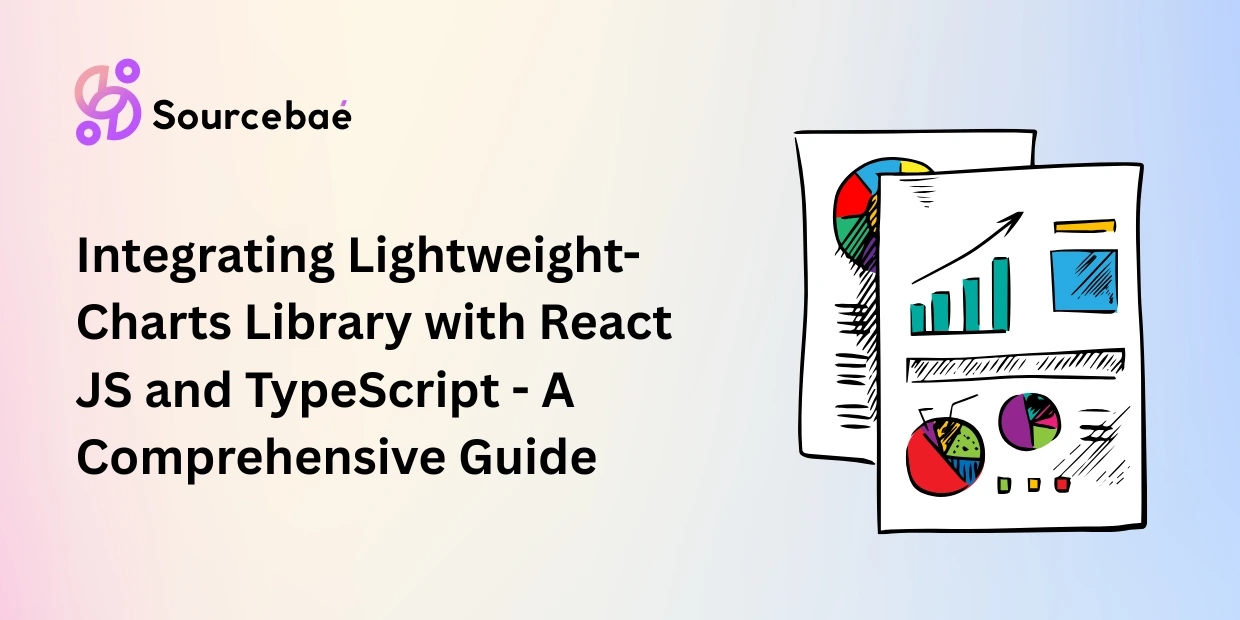In the dynamic world of web development, creating seamless user interfaces is paramount to delivering exceptional user experiences.
The React UI frameworks have revolutionized the way developers build applications by providing a structured and efficient approach.
In this article, we delve into the world of React UI frameworks, exploring their features, benefits, and how they empower developers to craft stunning applications.
React UI Frameworks to Build Applications
With the rapid evolution of web technologies, building modern applications requires a solid foundation. React UI frameworks are an integral part of this foundation, offering a plethora of tools, components, and design patterns that facilitate the development process.
These frameworks leverage the power of React, a JavaScript library maintained by Facebook, to create reusable UI components that streamline the development workflow.
Key Features of React UI Frameworks
React UI frameworks come equipped with a host of features that simplify the development of applications:
- Component Reusability: Components created using React UI frameworks can be reused across different parts of the application, reducing redundancy and promoting consistency.
- Efficient State Management: React’s state management enables developers to manage the application’s data efficiently, leading to faster rendering and improved user experience.
- Modular Design: The modular design approach of React UI frameworks allows developers to break down complex UIs into manageable components, making the codebase more organized and maintainable.
- Responsive Design: Many React UI frameworks provide responsive design features out of the box, ensuring that applications are optimized for various screen sizes and devices.
- Community Support: The React community is vast and active, providing developers with a wealth of resources, tutorials, and plugins to enhance their development process.
Benefits of Using React UI Frameworks
Utilizing React UI frameworks in application development offers a wide range of benefits:
- Faster Development: React UI frameworks accelerate development by offering pre-built components, eliminating the need to start from scratch.
- Consistency: These frameworks enforce design consistency, as UI components are designed to adhere to a specific style guide.
- Enhanced User Experience: React UI frameworks optimize performance, resulting in smoother and more responsive user interfaces.
- SEO-Friendly: The virtual DOM mechanism of React ensures efficient rendering and improved search engine optimization.
- Easier Maintenance: Modular components and a well-structured codebase make maintenance and updates hassle-free.
Selecting the Right React UI Framework
Choosing the appropriate React UI framework for your project requires careful consideration. Some of the popular options include:
- Material-UI: Known for its sleek and modern design, Material-UI provides a rich set of components inspired by Google’s Material Design.
- Ant Design: A comprehensive framework with a focus on enterprise applications, Ant Design offers a plethora of components and layouts.
- Semantic UI: This framework emphasizes human-friendly HTML, making it easy to understand and use, particularly for beginners.
- Chakra UI: Chakra UI boasts a collection of accessible and customizable components, catering to both aesthetics and functionality.
- Bootstrap: While primarily a CSS framework, Bootstrap can be integrated with React to create responsive and visually appealing UIs.
FAQs (Frequently Asked Questions)
1. Are React UI frameworks suitable for beginners?
Absolutely! React UI frameworks provide an organized and structured approach to building applications, which can be especially helpful for beginners.
2. Can I customize the components in React UI frameworks?
Yes, most React UI frameworks offer customization options, allowing you to tailor the components to match your project’s unique design.
3. How do React UI frameworks impact application performance?
React UI frameworks are designed with performance in mind. Their efficient rendering mechanisms ensure optimal user experiences.
4. Are there any licensing concerns when using React UI frameworks?
Most React UI frameworks are open-source and come with permissive licenses, allowing you to use them in commercial projects without major restrictions.
5. Can I use multiple React UI frameworks in a single project?
While possible, it’s recommended to stick with a single framework to maintain consistency and avoid potential conflicts.
6. Are there any security considerations with React UI frameworks?
Security is a concern in any development project. Make sure to keep your frameworks and dependencies up-to-date to mitigate potential security vulnerabilities.
Conclusion
React UI frameworks have transformed the landscape of application development, empowering developers to create visually stunning and highly functional interfaces. With their rich set of components, efficient rendering, and responsive design capabilities, these frameworks enable the development of applications that cater to modern user expectations. Whether you’re a beginner or an experienced developer, embracing React UI frameworks can enhance your development process and deliver remarkable user experiences.






